|
2016 was the year of the decal in my studio. Since starting to make pots at college in 2009 I've been eager (can you be eager for 7 years?) to learn a technique to reproduce my designs in some way faster than hand-painting. The first quarter of the year was spent testing, and throughout the following months I was able to replicate most of my designs as decals. I'm thrilled with the results; I often prefer the decal design to the previous hand-painted version! I've been upfront with my customers and galleries about this change, to my knowledge without issue. This post might be unnecessary - you might not be bothered how I decorate my pots and I wouldn't blame you for that - but I spent a long time trawling the internet to figure this technique out and find a good printer, so I'll dedicate this to aspiring decal-users. All three of them, somewhere out there on the internet...Hi! First, a definition. A decal is a specially prepared paper bearing a picture or design for transfer to wood, metal, glass, etc. In this case, the decals are digitally printed (rather than screen-printed) and suitable for glazed ceramics. Some people prefer to call them transfers. I draw or paint my designs onto paper, scan them into Photoshop, tidy them up a little and arrange them to fill an A3 document. I can average 70 decals per sheet, depending on the size. That digital document is sent to the printer in Stoke-on-Trent, where it's printed and posted to me within a week. Each decal is hand-cut out of the sheet, soaked in warm water for 30 seconds to release the backing paper, place on the glazed pot and gently rubbed with a squeegee to remove air or water bubbles. The pots require a third firing, to 840C, to secure the decals. Whilst the point of developing decals was to have a more efficient decoration method, this technique still requires hours of work. The decals and pots pass through my hands many times. The decal positioning is more nuanced than I expected - I tried to hand over the job to my student helper, but even a few millimetres of angle can change the design significantly. Somewhat guiltily I do often pass on the job of cutting over to my helpers - thank you Katie and Hannah! Painting is my favourite part of the making process - always has been - but if I'm repeating the same illustration on 40 (or 60, or 80) pots I'm naturally going to get bored and frustrated. I would hate to start dreading the best part of the making process, so the decals help me to prevent that. Background colours are still hand-painted by me directly onto the clay, but most illustrations are now decals. The decals have also allowed me to take on more branded work, like mugs for Flo the Coffee Van and Mother T's, and cups for Roots Beverage Co. Props to my printer Digital Ceramics in Stoke and Mariko Paterson of Forage Studios in Canada - she's a brilliant (and hilarious) source of decal knowledge.
P.S. tech stuff: I'm using Magenta set decals over Sneyd Ceramics clear stoneware gloss glaze, fired to 840C with a 15 min soak. Currently 100C/h, but I'm probably being a wuss and should make it a faster firing. Okay, bye.
3 Comments
|
Archives
February 2019
|
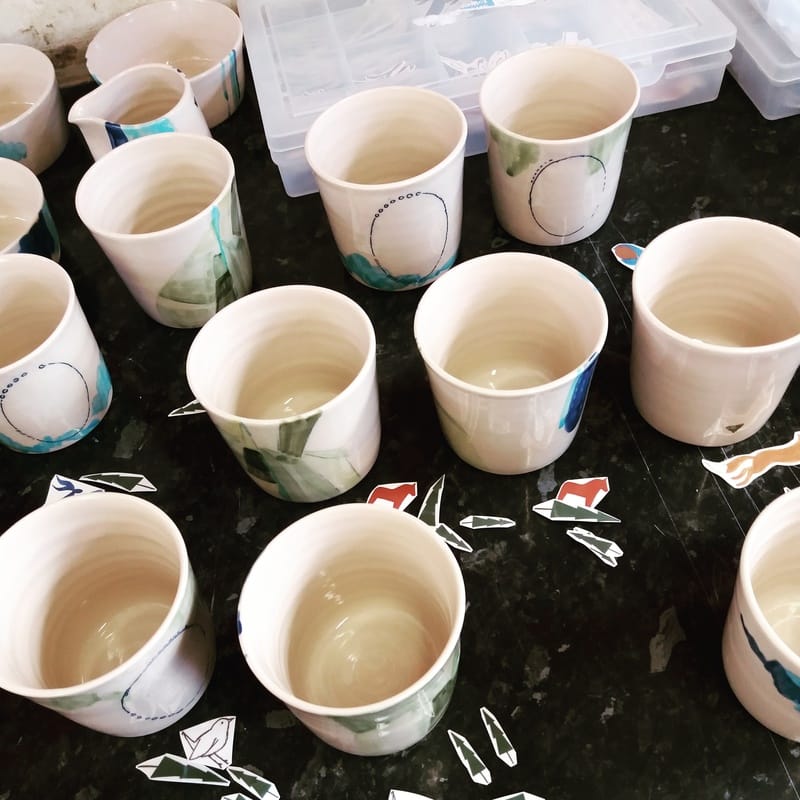
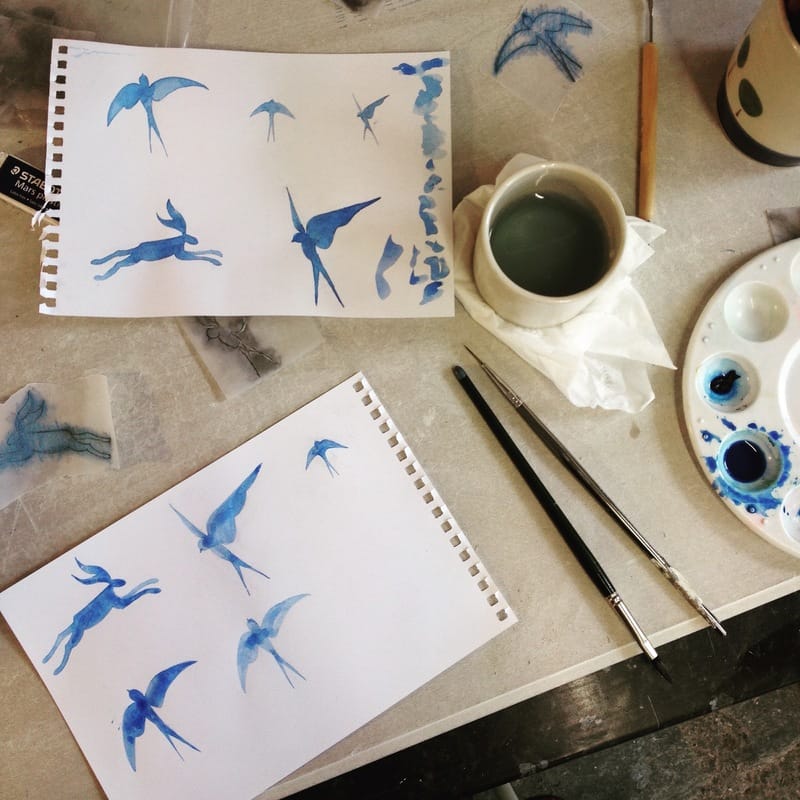
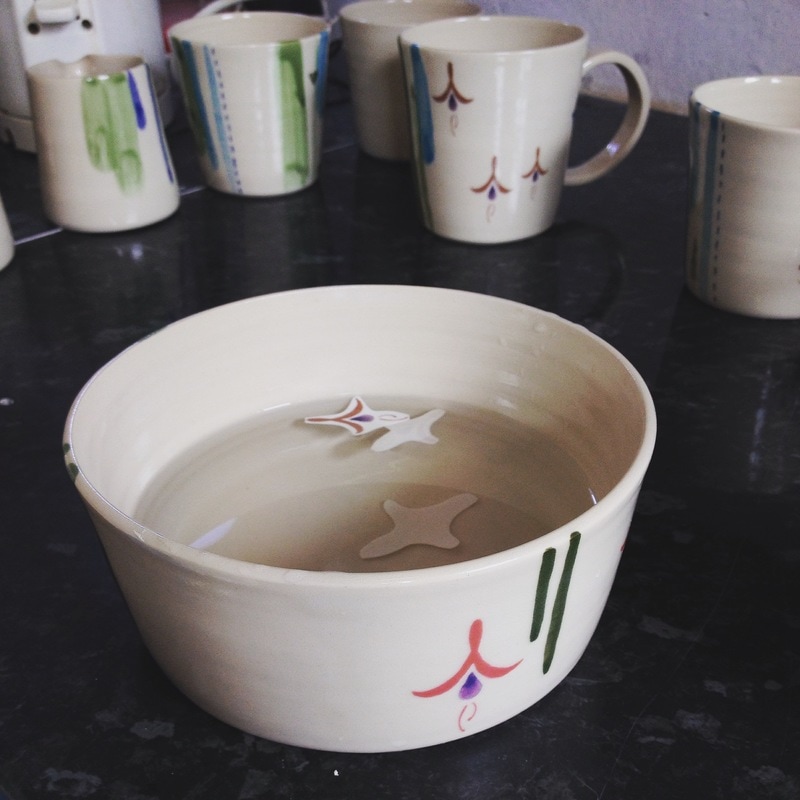
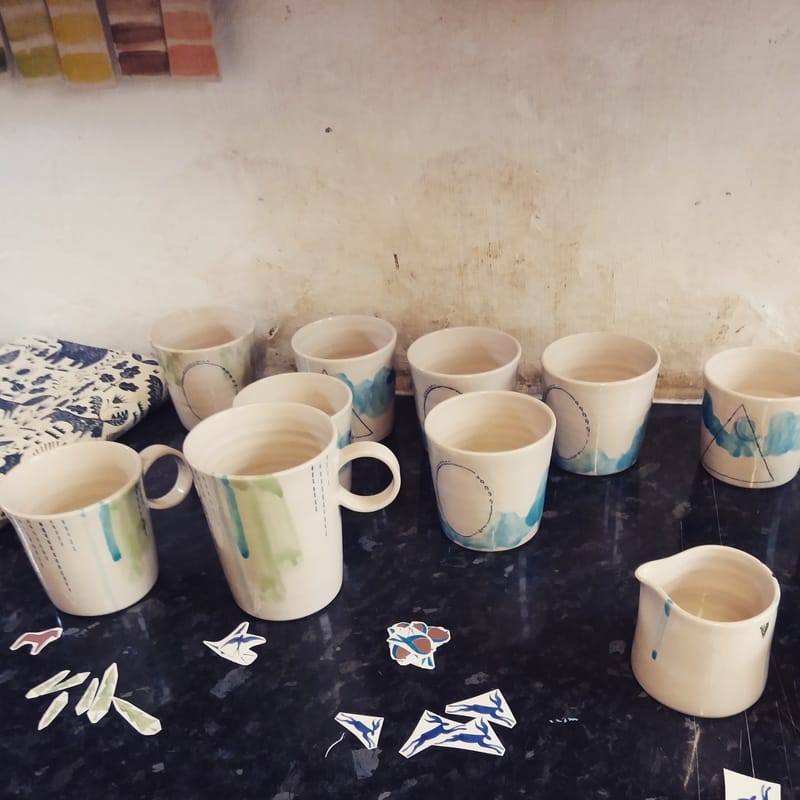
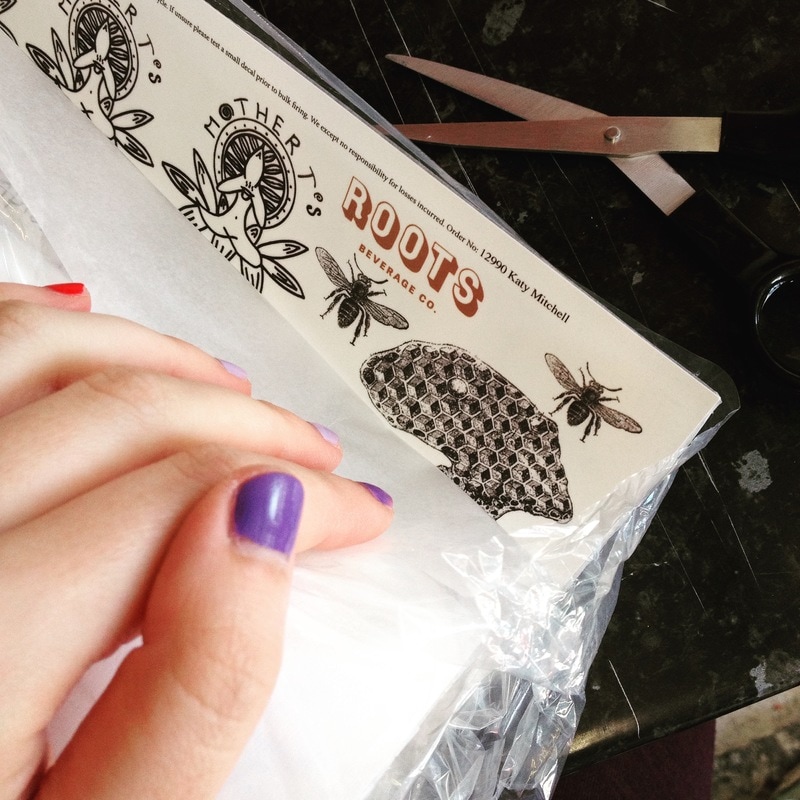
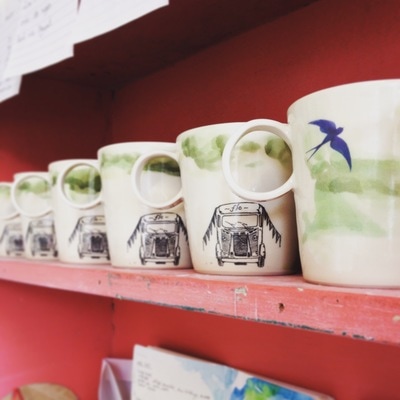
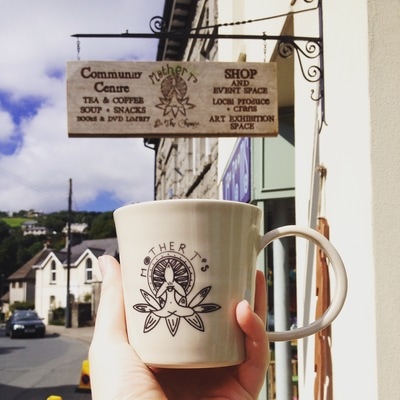
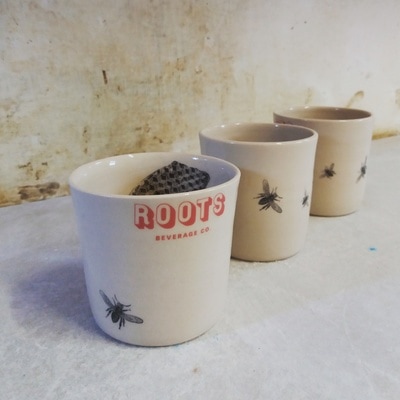
 RSS Feed
RSS Feed